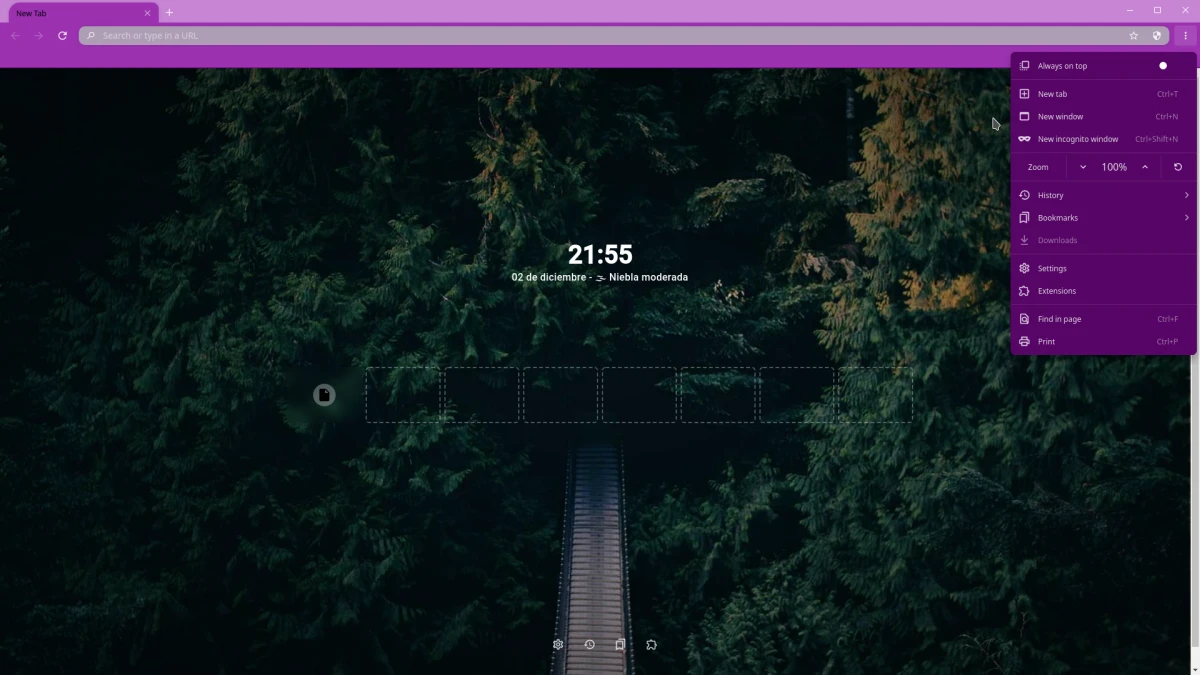
A little over three years ago we publish an article in which we said that Midori was back with a new update. If we said that he had returned, it was because he had left, because there had been no news of him for a long time, and at the end of 2022 we have to publish similar news. The headline is back again, but this time he does it in a more striking way for a couple of reasons
I don't know which reason is more important. For the end user, it is certainly more important that it is now Chromium-based, the same engine that Chrome, Brave, Opera, Vivaldi use... come on, all the popular ones except Firefox and Safari. I previously used WebKitGTK and the GTK frontend development kit, but those days are long gone. Not much is known about why they stopped developing it, but it's likely that they gave in to the evidence that there is no room for more than three engines in the party of web browsers.
Midori was unemployed for 3 years
I have to admit that I was not following the development of this browser, and that I have used it little, or not at all if I count the number of times I used it when I was testing elementary OS. I found out about this news by reading through the net, and also on the net is the information that Midori is part of the Astian foundation since 2019, practically since they released their last update.
It keeps being available for Linux, macOS and Windows, but the new version based on Chromium uses Electron and React. Its "new" owners ensure that it is still light and fast, but that is something that I have not had time (or inclination) to verify. In addition to the engine, the new version has:
- New logo. The old one was like a green duck foot, and the new one is like a lizard's.
- Ad blocker.
- Incognito mode.
- Partial support for Chrome extensions.
- In the future will use AsianGO as a search engine, but DuckDuckGo is currently the default.
Installation
To install the new Midori on Linux, it is best to download its AppImage (download and run), available at this link, where a .deb package is also available (sudo dpkg -i downloaded-package.deb). Considering that it is open source, it should soon be back in the official repositories of the different distributions. For users of Arch Linux and derivatives, it is available in AUR.